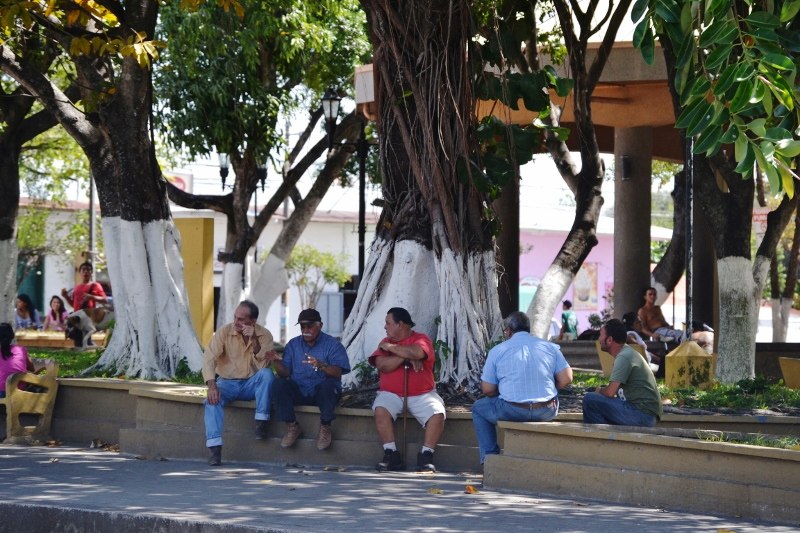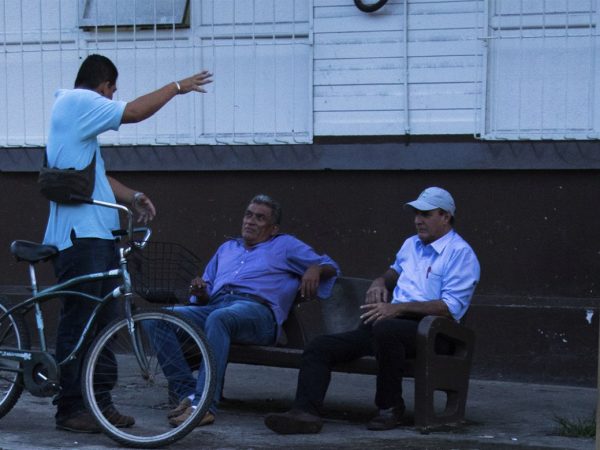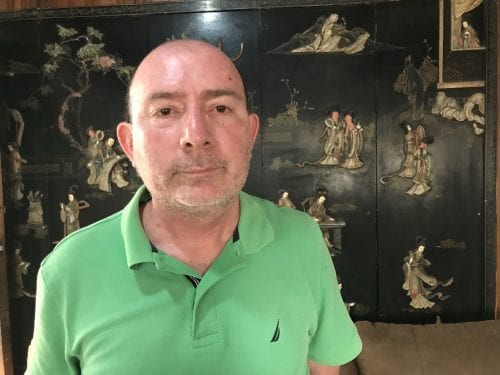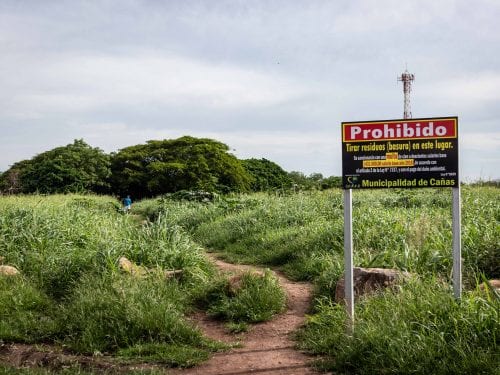
Residents of Bagaces and the nearby communities of Montenegro, El Chile, Arbolito, El Recreo and Finca San Miguel have received new positive results for arsenic tests in their drinking water.
The volume of arsenic in the water of the communal aqueduct that supplies downtown Bagaces is also above the allowable limit, according to a recent test done by the San Martin Analysis Laboratory, the results of which were publicized by the Voice of the People of Bagaces Association.
Until now, according to reports by the Costa Rican Institute of Aqueducts and Sewers (AyA – Instituto Costarricense de Acueductos y Alcantarillados), the arsenic levels in potable water in downtown Bagaces were safe.
But according to the results of the most recent analysis, of which The Voice has a copy, 13 micrograms per liter were detected, while the maximum permissible amount is 10 micrograms per liter, according to the Guidelines for Drinking-Water Quality and the World Health Organization (WHO).
The samples were taken on March 10, from the Valle Dorado neighborhood and the guardhouse at the Bagaces high school.
Natalie Salazar, from the Voice of the People of Bagaces Association, worries that, “They are saying that the water in downtown Bagaces is potable when it isn’t, and other communities are being supplied, even making interconnections with other communities.”
Salazar explained that the communities of Montenegro, El Chile, Arbolito, El Recreo and Finca San Miguel, where the arsenic levels are very high, “Are receiving water via tankers, and at times the tankers are filled in downtown Bagaces.”
The presence of arsenic in potable water in communities throughout Guanacaste is a problem to which there is still no good long-term solution.
The results exposed by the community organization contrast with a certificate issued by AyA’s National Water Laboratory in May of 2013.
In that document, of which The Voice has a copy, “It is certified that the water quality in the Bagaces aqueduct in the Chorotega region complies with the guidelines for potable water quality.”
At that moment there were between nine and eleven micrograms of arsenic per liter of water.
“That certificate’s guideline worries us even more, so a while ago we filed a complaint with the Costa Rican College of Chemists, as nothing is done to prevent Bagaces aqueduct customers from ingesting contaminated water,” said Salazar to The Voice
The activists want, “The Ministry of Health to act with a sanitary order or a stronger measure and for AyA to start to take action on the issue.”
“If it is true that the arsenic levels are low in downtown Bagaces, no one can guarantee us that nothing is going to happen to us.”
Backgroun:
- AyA has been studying water quality in the area in Guanacaste between Cañas and Bagaces since 2009
- The studies have shown levels of arsenic in water above the guideline established by the World Health Organization of 10 micrograms per liter in the communities of Hotel de Cañas, Agua Caliente and Montenegro de Bagaces.
- The communities with the worst problem are Agua Caliente (62 micrograms per liter) and Hotel Cañas (180), according to the director of AyA’s National Water Laboratory, Darner Mora.
- In June of 2013, the Constitutional Court ordered AyA and the Ministry of Health to solve the problem.
- On December 3, 2013, the Safe Water Commission, made up of AyA and Ministry of Health officials, presented a report on progress to the Constitutional Court.
Actions Taken:
To date, authorities have:
- Chlorinated the rural aqueducts that are above 10 micrograms per liter.
- Eliminated sources of contaminated wáter in Cañas and Bagaces.
- Distributed filters made with rusted nails, sand, clay and stone, to remove arsenic from contaminated water in Agua Caliente, Falconiana, El Recreo, Finca San Miguel and Montenegro.
Effects on health:
- Residents of those areas should abstain from drinking contaminated water or using it to prepare food
- Consuming arsenic in potable water or contaminated foods can cause cancer, skin lesions, developmental problems, cardiovascular diseases, damage to nerve tissue and diabetes.
Causes:
- Researchers at AyA’s National Water Laboratory have determined arsenic contamination in water can come from volcanic areas, mining or of the use of agrochemicals with arsenic.
- In the case of Cañas and Bagaces, everything seems to indicate that the contamination is due to volcanic areas
- Residents are awaiting the results of studies done by AyA, the National University (UNA – Universidad Nacional), the college of Geology at the University of Costa Rica (UCR – Universidad de Costa Rica) and the Costa Rican Social Security Fund (CCSS – Caja Costarricense de Seguro Social) to better understand the problem.







Comments